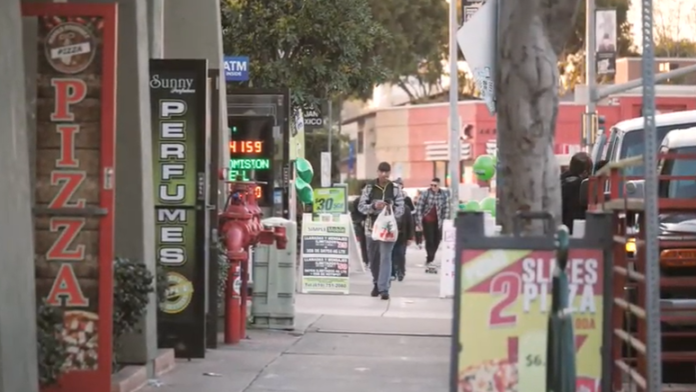California Construction News staff writer
The Build Better SD initiative has been approved by San Diego council, replacing outdated, inequitable planning policies that restricted incoming public infrastructure fees to a single community and instead creates a more efficient and sensible citywide funding program.
“For the past 40 years, we’ve used developer fees to pay only for specifically listed infrastructure in the communities where the fees were generated. Once upon a time, that made sense – but not anymore. Now, that system only perpetuates historic inequities and leads to millions of desperately needed infrastructure dollars sitting unused. That changes today,” Mayor Todd Gloria said.
“With ‘Build Better SD,’ we’ll be able to prioritize projects – libraries, streets and other public spaces – where the need is greatest and get projects across the city completed faster.”
Prior to Build Better SD, when private projects were built, the development impact fees (DIFs) property developers pay toward new infrastructure improvements, such as libraries, streets and other public spaces, varied widely across communities based on often decades-old planning documents.
Collected fees went into 43 separate neighborhood funds, and these funds could not be shared across neighborhood lines. Many of these individual pots of money were insufficient to finance planned improvement projects, resulting in a current combined total of $222 million in unspent funds – funds that are unnecessarily constrained when infrastructure needs are so high across the city.
Build Better SD puts future DIFs collected into citywide funds by asset type, which reduces the buckets of money from 43 to just a few and infrastructure needs will be examined across San Diego to speed up approvals for high-priority projects. Previously collected fees would remain restricted to the neighborhood in which they were collected, but can be topped off with new citywide fee collections to implement projects faster in every part of the city.
“There is no doubt that many communities across our city suffer from outdated policies that enable underinvestment in infrastructure,” said City Council President pro Tem Monica Montgomery Steppe. “I’m looking forward to the implementation of Build Better SD to address infrastructure gaps in our areas with the greatest needs.”
To ensure Build Better SD is implemented appropriately, the adoption includes new policies in the City’s General Plan to prioritize investments in areas with the greatest needs, including where the most growth is occurring, and create more opportunities to gather community input on the types of infrastructure projects our residents most want and need.
The Municipal Code is also amended to reflect these new policies. Further, the city will work with the San Diego Association of Governments (SANDAG) to improve the Regional Transportation Congestion Improvement Program to align with the city’s vision to create neighborhoods where residents can walk, bike or use public transit.
“This is a win for our historically underserved neighborhoods and our city as a whole,” said planning director, Heidi Vonblum. “Our communities are in desperate need of infrastructure and rather than collecting money to languish in their individual neighborhood funds, these new policies focus on delivering these investments to our communities more efficiently, quickly and equitably.”














